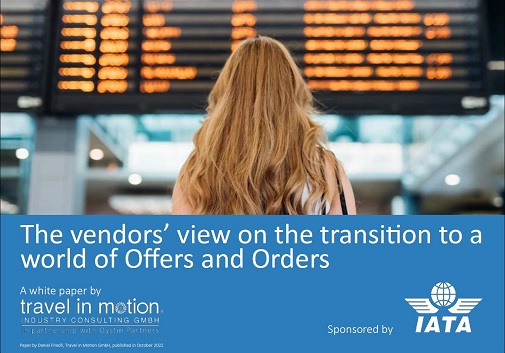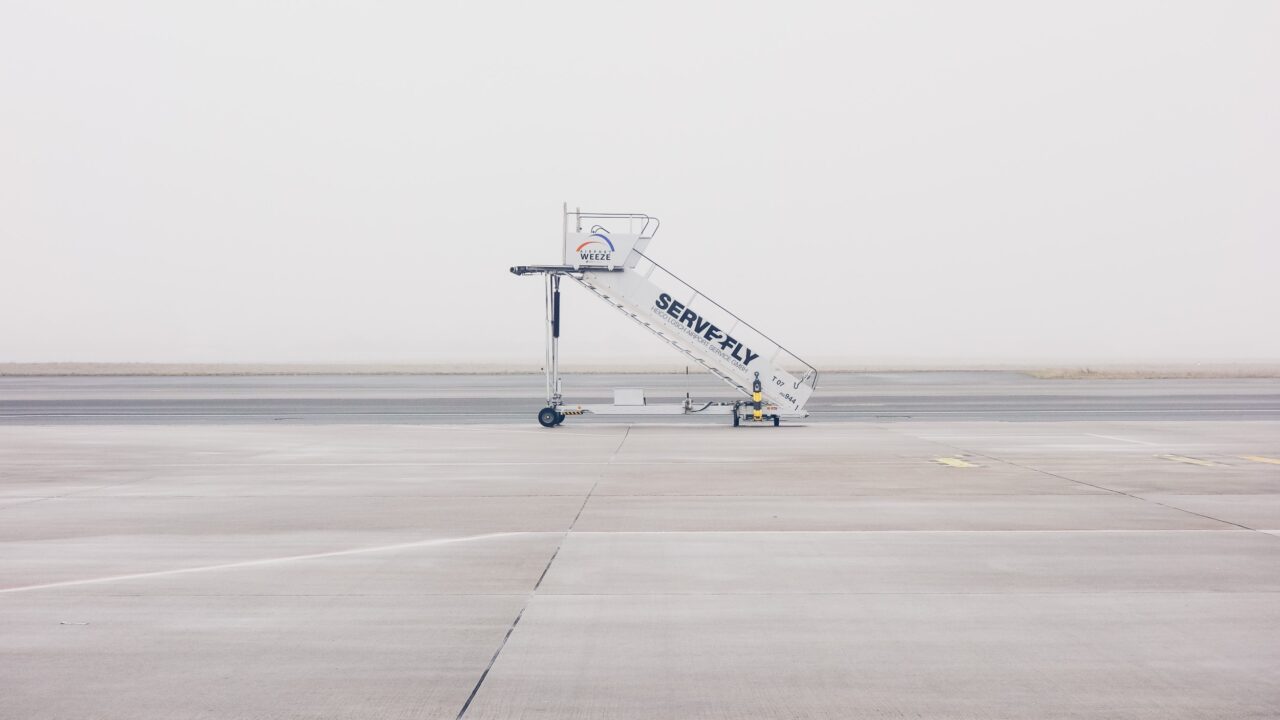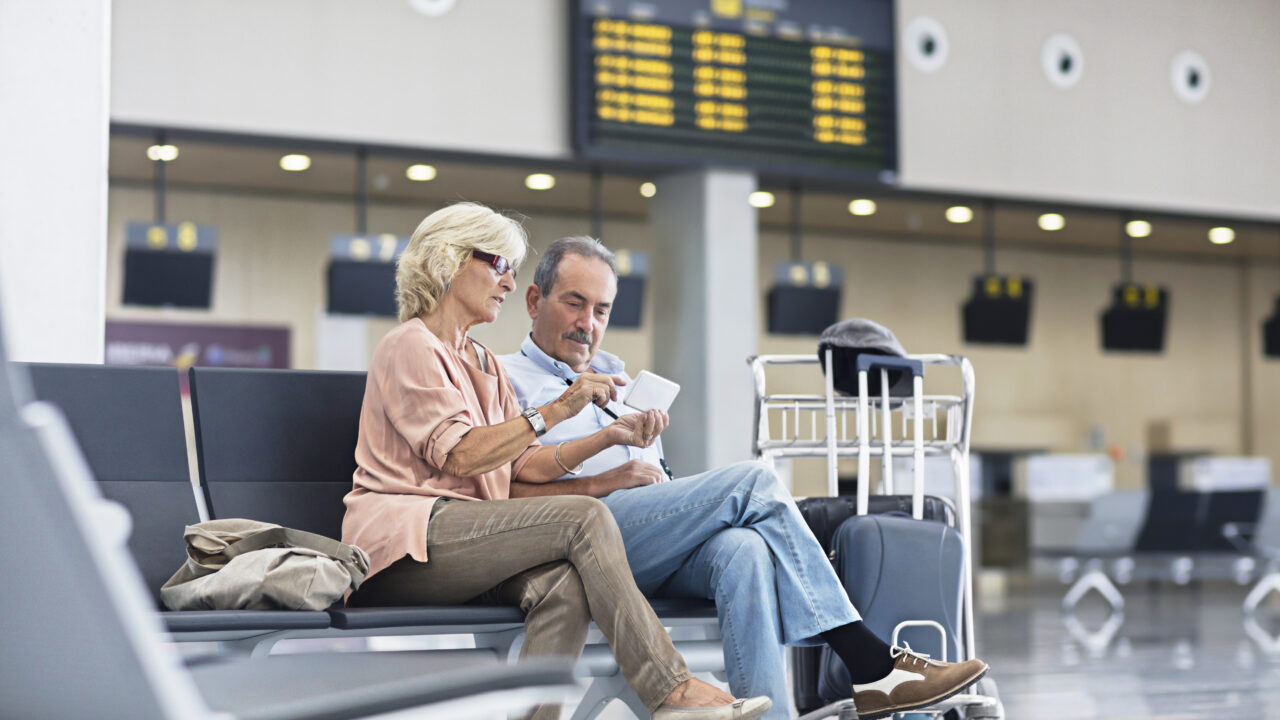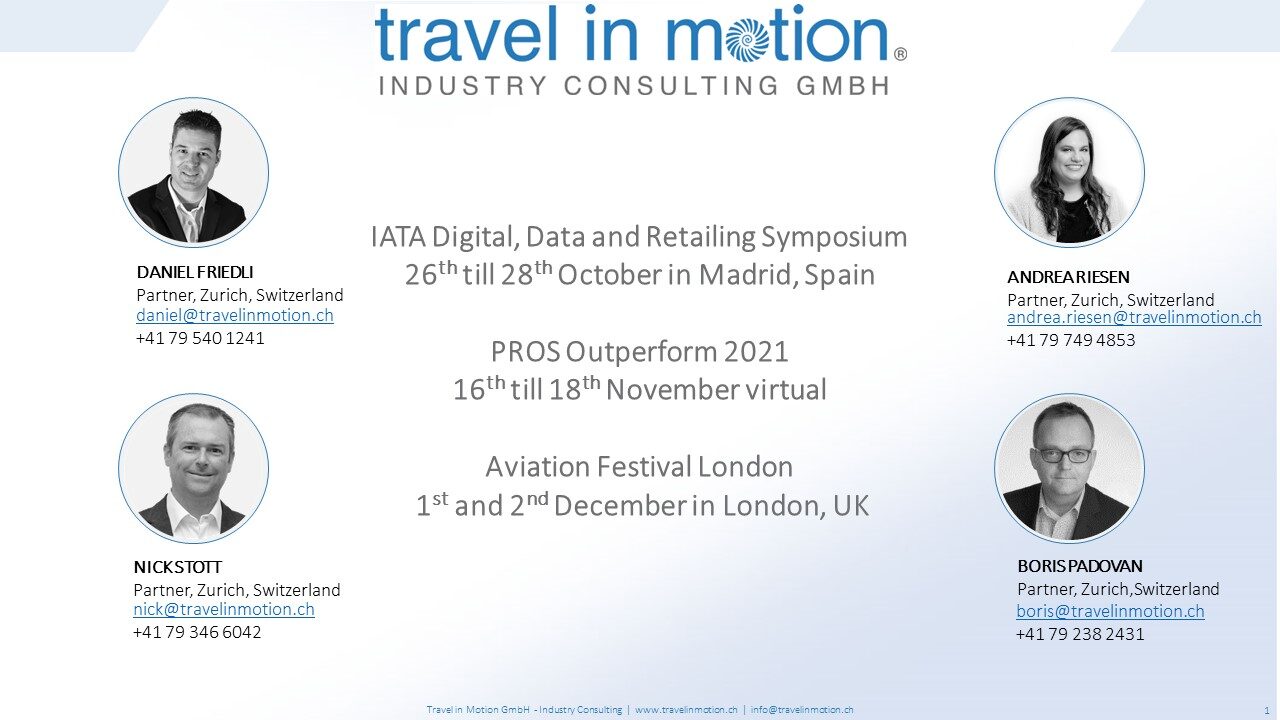Customer centricity in aviation
What does that mean to me?
I keep reflecting on the concept of customer centricity in the context of airline passengers. For a long time, I only saw it from the perspective of an airline loyalty programme, because having a particular status meant I got extra benefits to make my trip more comfortable (sometimes). Over the years, however, I have come to realise that this has little to do with the concept of customer centricity, but rather is used as a vehicle to bind a customer to one particular airline (or group of airlines). It is a one-way street that lures the customer in with the promise of benefits and privileges that are actually becoming less and less valuable as airlines reduce the level of service in order to reduce costs. Indeed, I can often get most of the common airline loyalty benefits with a branded credit card.
As an airline, when it comes to judging the loyalty of a customer, there are many factors that need to be considered beyond the simple mechanism of miles or segments flown. Am I really only judged as “important” to an airline if I flew a lot with them within a fixed timeframe? This is a potentially flawed assessment, particularly considering that, regardless of how much I paid for those flights, I might not actually have paid for them myself if I travel a lot for business. In this case, the “customer” may be the company paying for the travel, however “customer centricity” still focuses on the individual travelling. How should lifetime value be measured and assigned between the customer and the traveller when these are not identical? What about my changing needs and behaviours as a traveller, particularly as airlines evolve their product offerings? The airfare for a journey may be optimised to generate the highest possible revenue, but total spend is often not considered. Ancillary products such as more bags and seats typically have higher margins, however loyalty is often only rewarded on the fare paid or distance flown. The view of measuring loyalty over an arbitrary time period may not be the right way for all customer segments. If I only travel a lot every other year, is my total customer lifetime value not worth anything? By stripping benefits through the loss of a status level, airlines run the risk that customers may be less inclined to remain loyal to the airline, rather than recognising that loyalty spans more than a period of 12 months and providing incentives to keep wallet share even when customers are not flying.
My reasons for travelling are usually different for each journey – even if there are similarities. However, the service I receive (as a loyal customer) is almost always the same. While airlines cannot read my mind, does it always have to be the same service I receive when my needs are constantly changing? There may be clues in my travel patterns and behaviour that can be used to give direction when trying to become more customer centric. However, picking up on these subtle hints can be difficult and actioning them even more so. Maybe, as a result of my status, I get to take a second bag on a short business trip. While I may appreciate the extra luggage if I’m travelling long-haul for two weeks, I don’t need two heavy bags when traveling alone and using public transport upon arrival at my destination.
Recognising such situations is not difficult, but usually airlines do not take time to join the dots and figure out what I might really appreciate. The needs of every traveller are unique, and my needs are different almost every time I head off on a journey. However, there are patterns that are not necessarily common to me as an individual traveller, but rather to my demographic (“segment” or “cohort” if you prefer). Through tracking decisions and actions taken (or not taken), airlines can begin to make sense of a collection of seemingly random data points. If we then apply some machine learning to this and ask the right questions of this data, perhaps things become a little less hazy. When airlines begin to action some of these findings is when I will start feeling that the airline is focussing on my needs. Then I will finally start feeling the customer centricity, and can choose the additional services according to my needs. These needs may, or probably will, be specific to each journey. I may want to forgo the lounge because I prefer a short transit time to get to my destination faster. I may want to take two carry-on bags so I don’t have to go to check-in or risk the bag not arriving. I always want the option to upgrade my flight with miles or for cash if there is space on the flight – I always ask, so why do airlines not ask me, especially if there are premium cabin seats available and I have sufficient miles? Having to wait until I get to the gate only to be told there are not enough meals loaded is neither customer centricity nor good business sense. I am not unique with having these same behavioural patterns, but if we never look for patterns, we will never find them.
Travel is a journey rather than a flight between two points, and as a traveller, I make dozens of decisions along the way. I decide how I get to the airport, how I take my luggage, how comfortable and pampered (or not) I’d like or expect to be on board, where I stay when I get to my destination, how I get there. I make decisions about what I buy and what I don’t buy. And very importantly, I decide on whether I was satisfied with what I bought or whether my needs were not met. Did the airline ask me how I found the service on board or how the booking and check-in process was?
There is a vast ocean of data available on every single airline customer which can be collected from the time of shopping for flights and throughout the customer’s journey. Many customers will be happy to share even more data with airlines if it is used for their benefit and not just for maximising revenues for the airline. This is a call-to-action for airlines to rethink their customer-centricity processes, their availability of the related data, and for the airlines to collect and use the data to improve customer service and create personalised or tailored product offerings.
While I understand that airlines constantly have to balance customer centricity with operational and financial efficiency, a lot can be done with presumably manageable effort and investment. However, unless all organisations within the airline agree on what the airline’s goal and business model is, will there ever be agreement on what customer centricity means?
This post has been published in collaboration with Terrapinn.
(Mona Kristensen, 5. December 2022)










